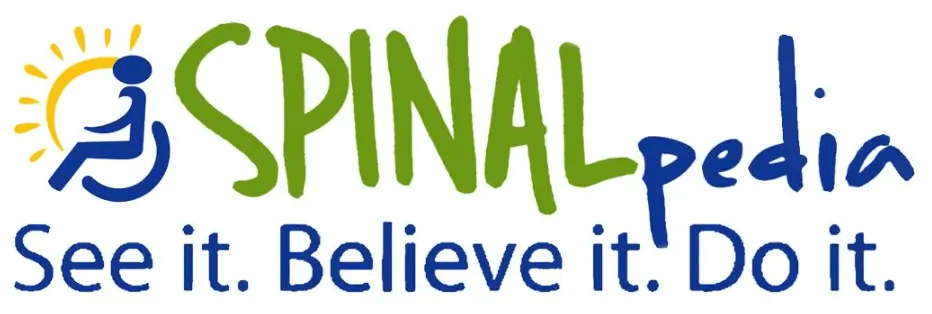After a spinal cord injury, being thrown into the world of the unthinkable can be jolting. If someone or something is responsible for your injury, it is up to you to get in touch with a personal injury lawyer right away. If you’ve never experienced a personal injury before (and we hope you haven’t), you may not realize that timing is everything if you’re considering filing a personal injury lawsuit.
It is important to understand the process. Being informed is one of the best things you can do, especially when dealing with something as serious as a spinal cord injury. Getting the funds you deserve is critical so you can pay for your medical bills and lifelong care.
Below is an overview of the timeline one can expect if you’re thinking of filing a personal injury lawsuit. It will help you see how important timing really is.
Step #1: Go to the Hospital
If you think you or a loved one has suffered a spinal cord injury, even if someone is at fault, always seek medical attention right away. Either call 911 or have someone drive you safely to the hospital. Medical professionals will be able to do the necessary scans to see if a spinal cord injury has occurred and what the severity is. Typically, surgery is required and at least a 1-3 day hospital stay for rehabilitation. This is critical to your possible legal case. Going to the hospital as soon as possible exemplifies a true emergency.
Step #2: Research & Hire a Personal Injury Lawyer
There are a lot of areas of law. If you’ve suffered a spinal cord injury, it is essential you hire a personal injury lawyer. Also, you do not need a lawyer with copious amounts of experience, but you do need a lawyer that has personal injury experience, as well as a track record to prove they know what they’re doing (and that they can win cases).
Step #3: Lawyer Reviews Your Case
Once your lawyer accepts your case, they will next look very closely, analyzing every detail to see if you have a legitimate claim and how to precede. Typically, a lawyer will scrutinize every detail, as well as look at your medical records, to make their final decision on how they can help you best win your case. They may also tell you at this time that you do not have a case.
Step #4: Settlement or Trial?
In many spinal cord injury personal injury cases it is clear that the defendant is guilty, and the guilty party will usually ask to settle, which is best for you as a client since you’ll get your money faster. However, your lawyer will first consider the negotiation and demands they plan on making to settle your case, and they will go over these demands with you before submitting them to the defendant.
Step #5: No Settlement? Case is Filed
If for whatever reason you decide not to settle your case and it instead goes to trial, the next step of a personal injury claim is your lawyer filing the case. It can be a lengthy process, up to several months, before getting into the courtroom. It is essential to file your claim as soon as possible as well to avoid the statute of limitations from expiring. If you’ve already filed your claim and the wait extends into the length of time after the statute of limitations expires, the case is still valid.
Step #6: Both Sides Start ‘Discovery Process’
In the world of law, the discovery process refers to a point during a case when the law teams for both the defendant and the plaintiff closely investigate the case and bring up their own witnesses, as well submit requests to cross-examine each other’s witness.
Step #7: Mediation Occurs
Also known as a time for negotiation, after both law teams conclude their own discovery processes, they will meet again to consider settling the case. Sometimes after the discovery process, further details are uncovered that makes settling the case make more sense. A mediator is often used as well to help negotiate the terms of the case if a settlement is agreed upon.
Step #8: Trial Begins
And lastly, if all settlement and negotiation attempts fail, your case will go to trial. This may take awhile, but for many people they find a trial gives them the justice they deserve. In a personal injury trial, both sides will present their case to a jury who will ultimately decide the case. This can sometimes take days to weeks for resolution.
If you experience a spinal cord injury, make sure to refer to this timeline often. You will soon have it memorized and you can become an expert at your case.


 Older Posts
Older Posts









